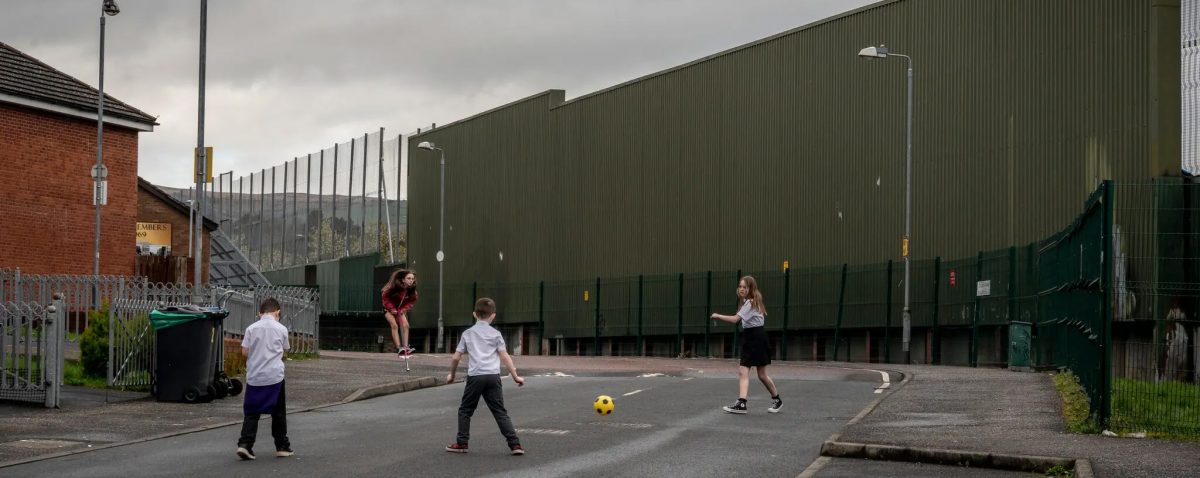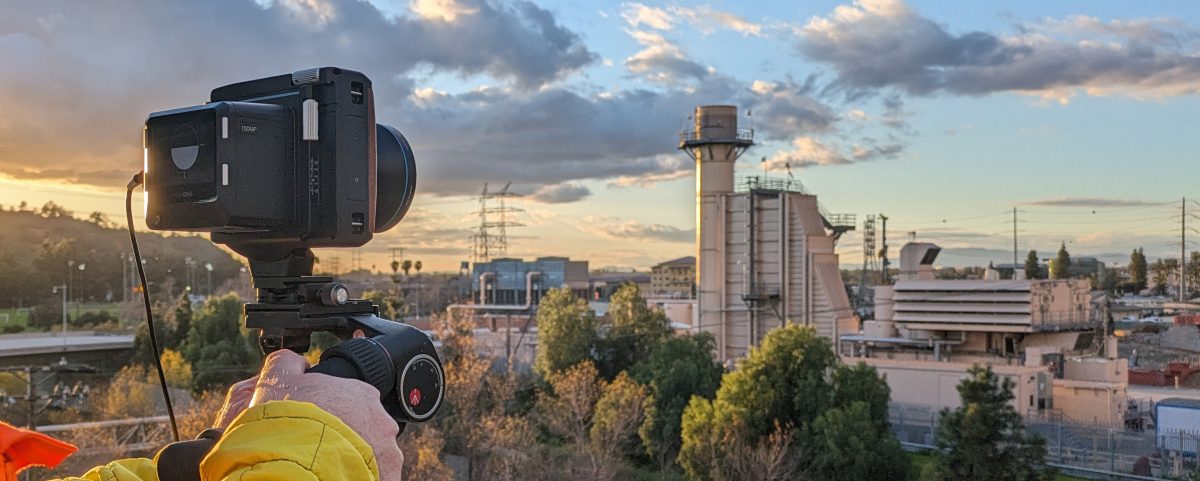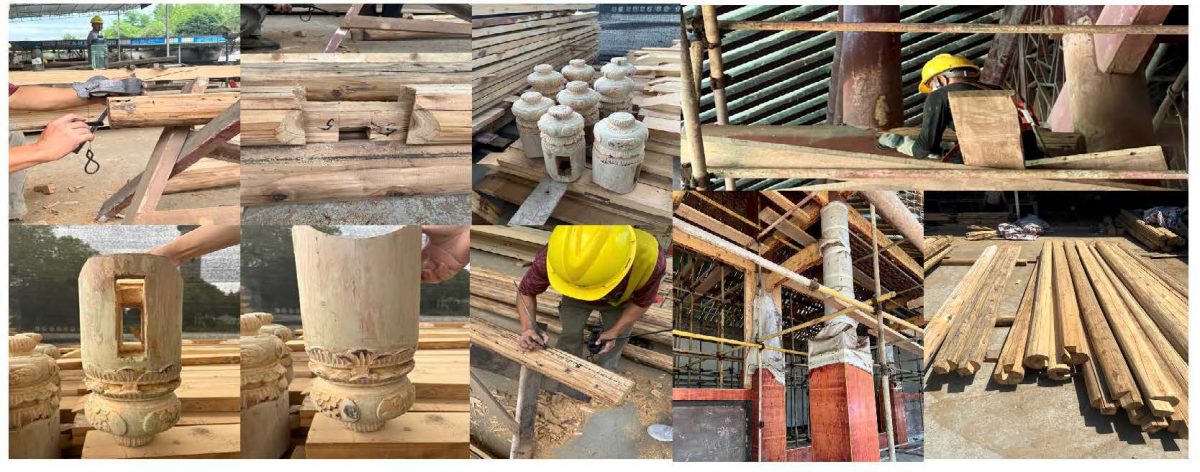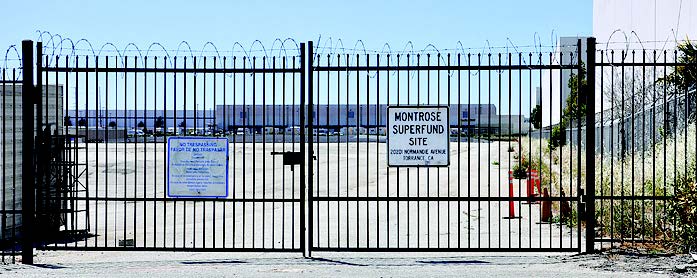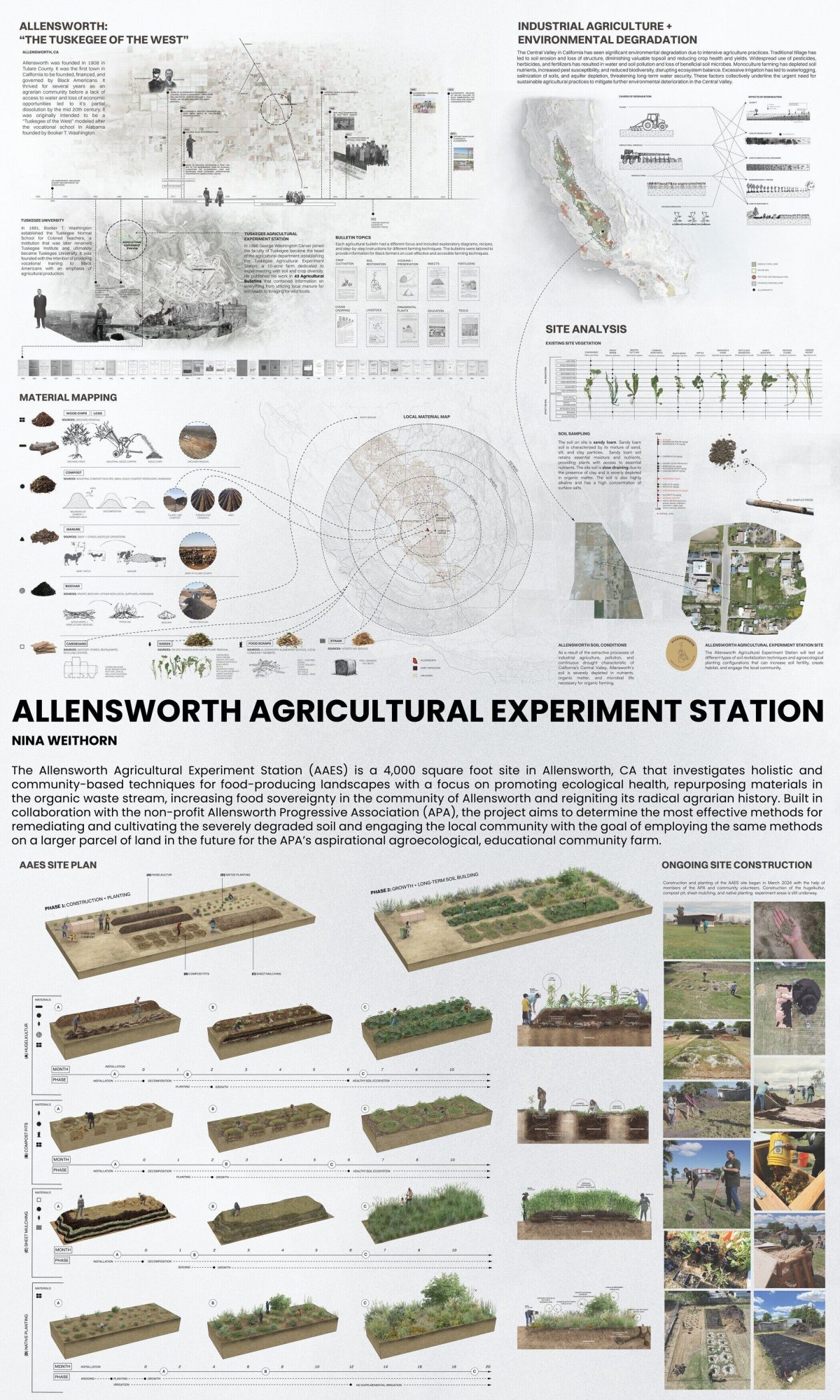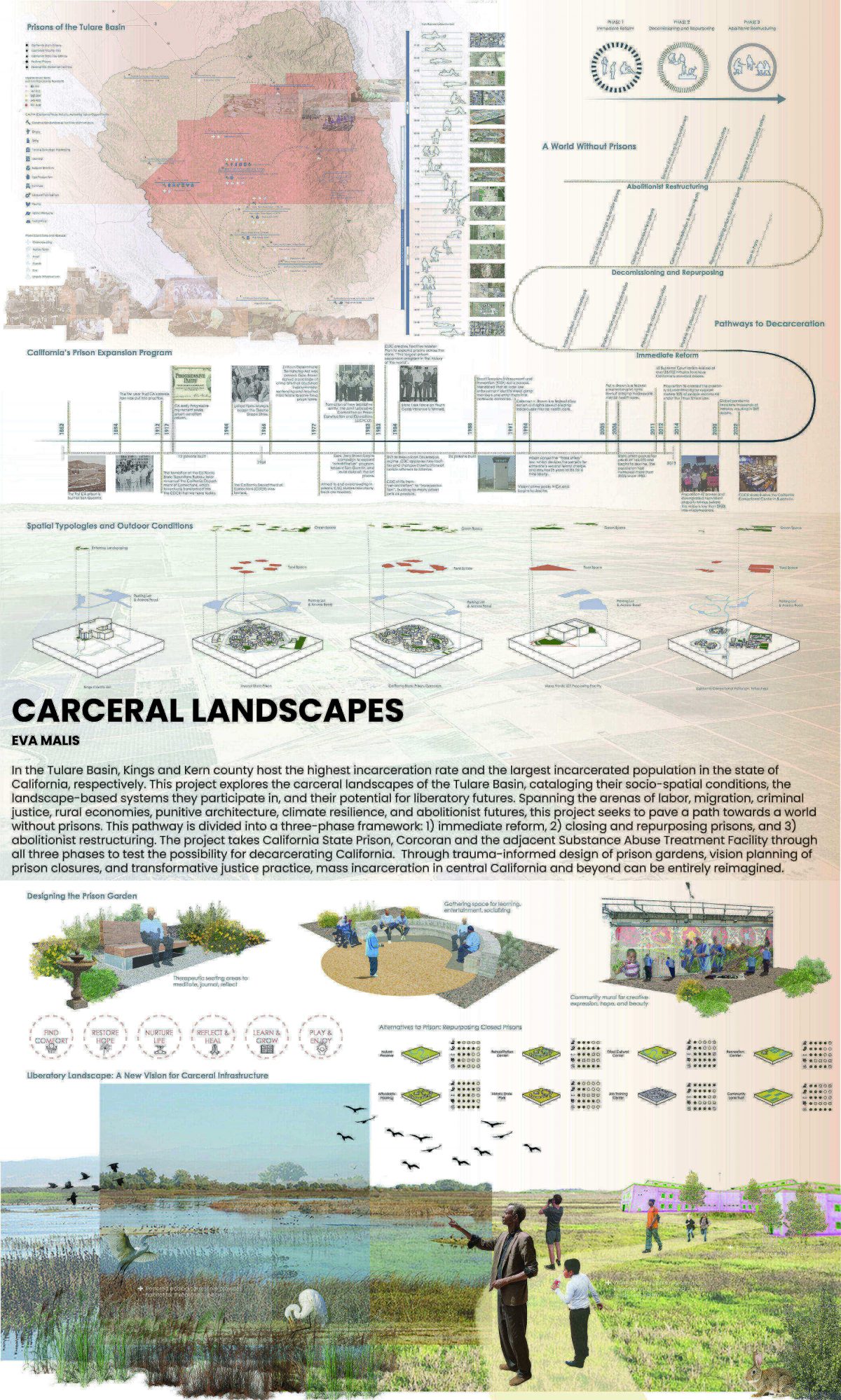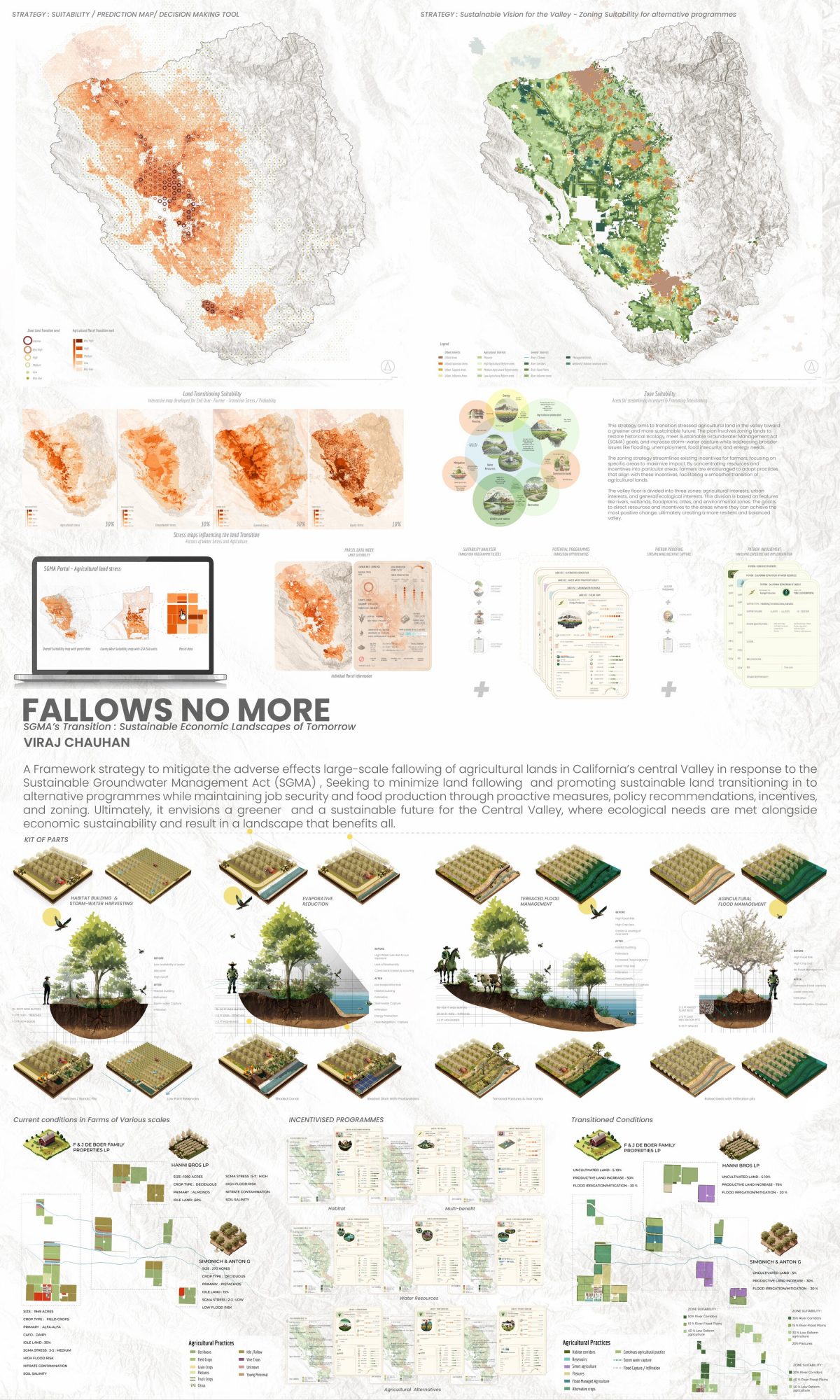This research aims to shed light on the transformative potential of generative AI (genAI) technology in creating more inclusive and equitable cultural landscapes by reimagining the experiences and aspirations of diverse Asian Pacific Island American (APIA) communities. Specifically, it aims to contribute to a more equitable built environment that celebrates the richness and diversity of Los Angeles’ APIA communities, while also acknowledging the ethical considerations and challenges inherent in its implementation.
Through an examination of decolonizing pedagogy, cross-cultural collaboration, and established ethical AI practices, this study investigates:
The role of generative AI in fostering reimagined representations and interpretations of APIA heritage sites, including ethnic enclaves, cultural centers, historically significant locations, and landmarks.
How community engagement, combined with AI-driven analysis, can empower APIA communities to participate in the design and preservation of public spaces that reflect their cultural heritag
The potential of genAI to facilitate collaborative design processes among diverse APIA communities and other marginalized groups by devising strategies for collaborative visioning with multicultural, multiracial groups to integrate futurist principles into cultural narratives, urban design, and heritage practices.
Additional opportunities and limitations of integrating diverse perspectives, cultural expressions, and community aspirations into revitalization initiatives using generative AI and futurist art.
AI holds immense transformative potential while raising concerns regarding its impact on society. This study explores potential of genAI technology within an Asianfuturist framework to facilitate the reimagining of cultural landscapes of APIA communities in Los Angeles, California.


